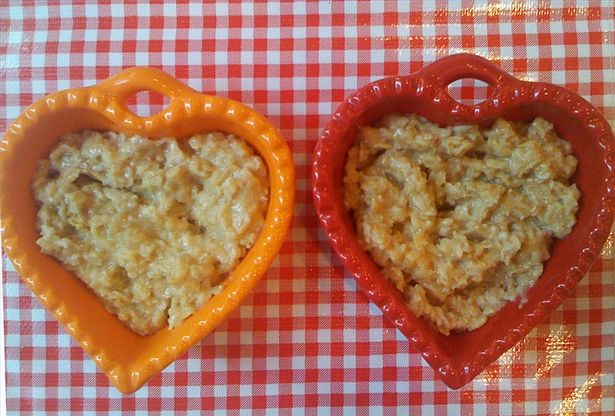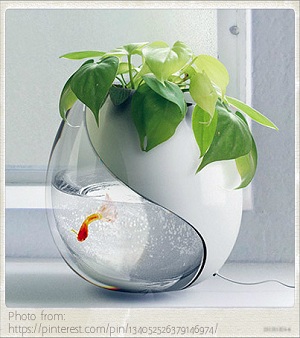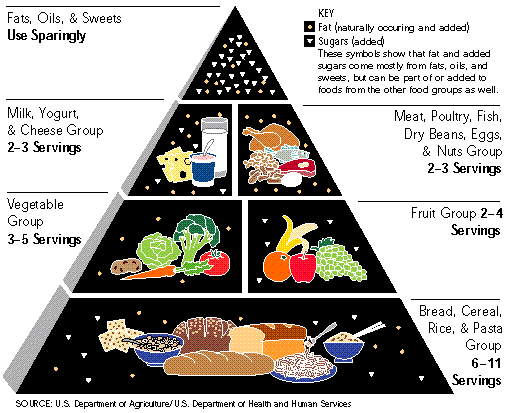If you are looking for fine French wine and food, consider the Languedoc-Roussillon region of south central France. You may find a bargain, and I hope that you'll have fun on this fact-filled wine education tour in which we review a local white Viognier.
Among France's eleven wine-growing regions the Languedoc-Roussillon is the largest in actual area and ranks fourth in acreage planted in wine grapes. This area, which includes the Midi, was once known for producing huge quantities of questionable quality wine called vin ordinaire. Times change and partly because of Australian winemakers, this region produces an increasing number of fine wines. Like Alsace and unlike most other regions of France, many Languedoc-Roussillon wines, including the one reviewed below, indicate their grape variety on the label.
Don't think of this region as being uniform. For example, Languedoc tends to be flat, whereas Roussillon is hilly. In addition, several areas with their own unique combination of microclimate and soil (terroir) produce their own AOC (Appellation d'Origine Controle) wines, which tend to be more expensive. Sooner or later we'll be looking at some of these wines in our series. Languedoc-Roussillon claims nearly 50 AOC wine appellations; covering the entire range, red, white, ros, sparkling, and sweet. This diversity comes as no surprise; the region is home to more than thirty grape varieties.
About forty years ago the Viognier grape came close to extinction. At that time it was down to a measly 35 acres in France. Times have changed and this grape is now grown in California, Italy, Australia, Chile, and Canada, with more countries on the way. The classic Viognier wines come from the Northern Rhone Valley of eastern France, but we probably won't be reviewing them because of their limited availability and high cost.
Of course the Languedoc-Roussillon region has many places to visit. We'll just focus on a single city, Carcassonne whose population is about 45 thousand. Talk about location. This city lies on a hilltop on the route leading from the Atlantic Ocean to the Mediterranean Sea. It's quite close to the Spanish border. Small wonder that it dates back well over two thousand years. The Romans fortified it about 100 BC. Carcassonne has the longest standing city walls in all of Europe. Its name comes from Dame Carcas, who fed the last of the city's wheat to a pig in clear view of the French Emperor Charlemagne. He mistakenly believed that the besieged city was in no danger of starvation, and called off the siege.
The Aude River divides the fortified upper town, La Cit, from the newer lower town, La Basse Ville. The upper town is basically closed to private cars. Among the upper town sites to see are the Fortress, the Bascilica of Sainte Nazaire, Museum of Chivalry, Arms and Archery, and the Museum of the Middle Ages, focusing on military history. The lower town has a fine arts museum and, in season (April to mid-November), an Australian Animal Preserve with kangaroos and emus.
Before reviewing the Languedoc-Roussillon wine and imported cheeses that we were lucky enough to purchase at a local wine store and a local Italian food store, here are a few suggestions of what to eat with indigenous wines when touring this beautiful region. Start with Huitres de Bouzigues (Oysters from Bouzigues). For your second course savor Bourride (Fish with Aoli, a local mayonnaise). And as dessert indulge yourself with Creme Colane (Dessert Cream with Lemon, Vanilla, and Dill Seed).
OUR WINE REVIEW POLICY All wines that we taste and review are purchased at the full retail price.
Wine Reviewed Domaine des Salices Viognier 2005 13% about $12
Let's start by quoting the marketing materials. During the last ten years or so, the Viognier grape has been quite successful in the vineyards of Languedoc-Roussillon (a.k.a., Midi). Once confined to vineyards in northern Rh'ne, today Viognier is thriving not just in the Midi, but throughout other warm climate regions around the world. Enjoy this fruity, low acid, aromatic wonder with lightly spiced seafood dishes, turkey breast or grilled salmon.
My first meal consisted of baked chicken leg with the skin on in a medley of spices (garlic, onion, cumin, and uncharacteristically tame Moroccan Harissa), rice, and green beans. I identified apples, pears, and a floral taste in the wine. I liked the acidity and the way that it cut the tasty grease of the chicken skin. The wine was a good accompaniment to fresh pineapple. I tried an off-the-wall combination by finishing my glass with jalapeno roasted almonds. The wine went dead. I don't blame the Viognier for this mismatch.
The next meal was an omelet with brown mushrooms, red onions, and American cheese (a mistake). The Viognier was moderately acidic and very slightly sweet with light fruits. Frankly, I preferred sipping the wine to this combination. There is a well-known rule when pairing a wine to dessert: make sure that the wine is sweeter than the dessert. I broke the rule with a homemade cheesecake that simply denatured the wine. On the other hand, the wine held up better with a homemade chocolate cake that wasn't as sweet.
My final meal was vegetarian. It included a somewhat spicy broccoli and mushroom (but no cheese) quiche. The wine was very refreshing and almost ethereal. The other dish was a sweet potato, olive, and rustic potato concoction held together by crushed crackers. The wine was somewhat less exciting than before but still fine. As often with vegetarian meals, I was still hungry. Always on the lookout for an unconventional pairing, I tried dried, lightly sweetened cranberries. They killed the wine. Why stop there? Candy-coated peanuts went better. The peanuts increased the wine's acidity and I went back for seconds.
The first cheese was a goat's milk cheese, a Palet de Chevre from the Poitou Charentes region of central-western France. This cheese looked and tasted more like a Camembert than like a goat's milk cheese. But the wine was quite fruity and pleasant with it. My next cheese was a Swiss Gruyere with a nutty taste. Once again the wine was fruity and a bit acidic. Just before the wine and cheese tasting I went to the local supermarket. On the cheese shelf was a local Asiago, a sharp cheese originally from northern Italy. Usually I don't taste local cheeses with these wines, but because I actually preferred this local Asiago to the imported version, I thought that I'd make an exception. The combination was quite good; the wine came out fruity and lightly acidic. Slices of fresh tomato perked it up even more.
Final verdict. I liked this wine and intend to buy it again, even more so at its relatively low price. I'll let you in on a secret; this is the first Viognier wine that I liked to any extent. I plan to taste other Viognier wines in this series. I don't promise that I'll try the top-of-the-line offerings from the northern Rhone Valley; they are quite pricey.

 The Simplest Way To Lessen Your High Cholesterol By Natural Means
High-cholesterol is a major variable inside the countrywide
The Simplest Way To Lessen Your High Cholesterol By Natural Means
High-cholesterol is a major variable inside the countrywide
 Starting Up An Aquaponics Set Up From See The Easy Way
Planting seeds in your aquaponics system can be a lot simpl
Starting Up An Aquaponics Set Up From See The Easy Way
Planting seeds in your aquaponics system can be a lot simpl
 Introduction To Of Some Lower Cholesterol Foodstuffs
Cholesterol is a fat-like element contained in the physique
Introduction To Of Some Lower Cholesterol Foodstuffs
Cholesterol is a fat-like element contained in the physique